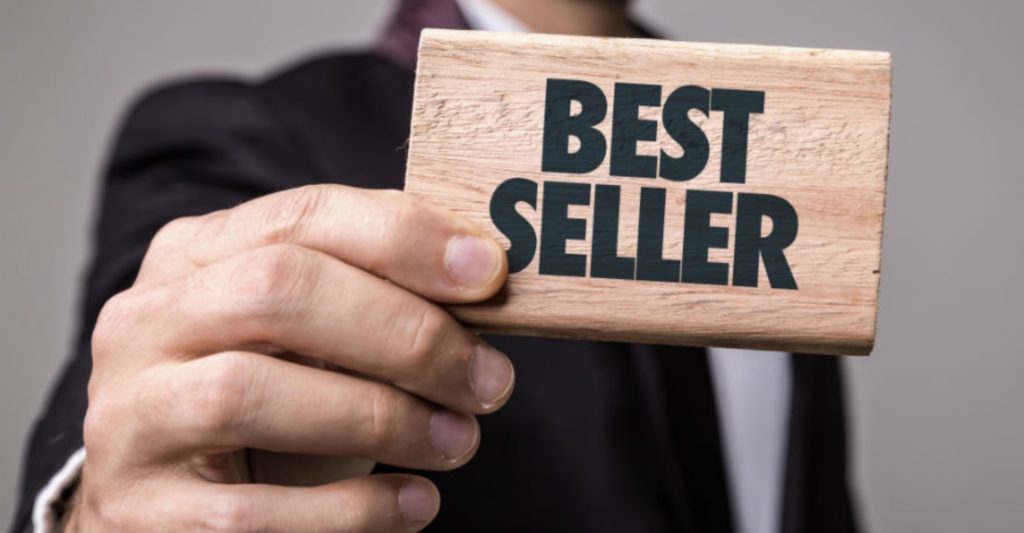Amazon Seller News
Useful tips for all private label FBA Amazon sellers

Maintaining a profitable FBA private label business can be often very difficult, due to the amount of difficulties that will come with it. That’s why I decided to present you some good tips.
- Spend Quality Time on the Ideas Research Phase
Coming up with new ideas should be an ongoing process, even if you have a full inventory which is doing well. Whether it’s an active task or something you think of while out doing errands, always keep an eye out for hot, new or trending products.
- Beware of Hijackers
When you’re a private label seller, you’ve got to constantly be on the lookout for rogue sellers trying to hijack your label or products. That’s why it’s recommended to enroll into Amazon Brand Registry.
- Regularly Review Suppliers and Manufacturers
You might already have a good supplier or manufacturer in place. Heck, you might even have a multi-year relationship with them. But don’t get complacent. Make it a point to regularly review if they’re the right fit for you and check out the landscape for others who are out there.
- Use FBA as a Stepping Stone to the Buy Box
Not all Buy Box winners are FBA merchants, but the majority are. And that’s because going with FBA makes it that much easier to get your metrics to the level needed to win a Buy Box. But even if you choose to go the non-FBA route, you can still have a chance of winning. Your share of the rotation just might be lower.
- Check That Your Brand Logo is Giving You Your Best Shot
The most successful brands in the world have simple logos that are immediately identifiable with their products. Think Apple, Google, Coca Cola, Mercedes Benz, Amazon, IBM and more. As soon as you see one of their logos, you immediately think of the brand and its products. Your brand design and packaging should take the same approach, making it consistently identifiable with who and what you are as a seller.
- Stick to Good Profit Items That Sell and Ship Easily
There are several product attributes you should value particularly highly:
Size: Your items should be able to fit in a box measuring no more than 12”x6”x2”.
Weight: Try and keep your products to a few pounds or lighter. The heavier or bulkier your package is, the more it’ll cost to ship it.
Seasonality: If you can focus on evergreen products, you’re giving yourself a good shot of year-round, steady success.
Cost: The sweet spot for product prices is in the $10-50 range to guarantee the best chances of the most sales.
Ease of Selling: The less red tape and paperwork involved with selling a product, the easier it is to sell.
Ease of Use: And the easier a product is to figure out or use, the easier of a time you’ll have in convincing others to buy it.
- Make Coupon Codes Your Friend
The key to coupons is using them strategically. Hand them out too often, and you’ll ‘train’ buyers to only purchase at a certain price or with a coupon in hand. But use them at the right times, and they can be a particularly valuable tool for incentivising buyers to choose you and choose you often.
- Do Market Research
At regular intervals, do market research to test if your products are still a hit with buyers. Hold focus groups or hand out surveys to see what buyers are happy with and what they’d like to see instead, then figure out how to factor that into your current plan. If talking directly to buyers isn’t an option, then make use of tools like Jungle Scout to research a product’s viability. And regularly visit your competitors’ review section (and your own!) to see the feedback buyers have.
- Maximise Your Profit Margin
Prices change on a regular basis: how much you pay for your products, what Amazon charges for selling on their site, shipping, storage, copyrighting, licensing, and much more. But if you can roughly stick to the 3x rule, you should be doing okay.
Whatever you paid for your product, you should be charging about three times that to keep a healthy, maximised profit margin in place. One-third of that price will be what you paid for the item, one third will be what goes to Amazon, and the remaining third goes in your pocket. You might not always be able to stick to it, but you should keep that as a general rule over the long-term.



You must be logged in to post a comment Login